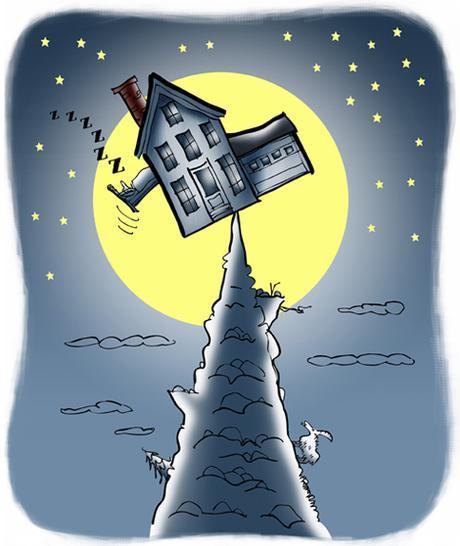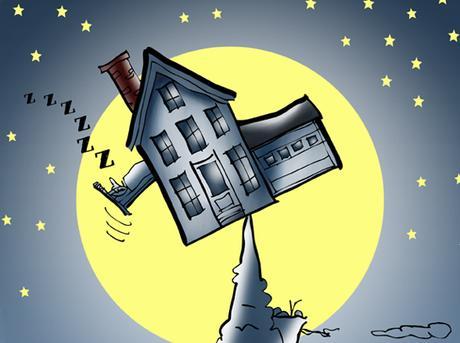There comes a time in every man’s life when he has to change his Twitter header image. Why? Because Twitter changed the format, that’s why.
The old Twitter header was small: only 520 pixels wide. Here’s what mine looked like:



Then Twitter expanded header images to 1500 pixels wide by 500 pixels high. At least theoretically (more on that below).
They invited everyone to update their header. If you didn’t upload a new image, Twitter automatically expanded your old image to fit the new format. This created
some odd results, as you can see here.




I started googling, and found this enormously helpful post by Pauline Cabrera. Pauline explained that a 1500 x 421 pixel image would work best, and that portions of the image would be cropped or otherwise lost because of the way the header is displayed on mobile devices. She offered this handy template for download to anyone who wanted to build their own Twitter header image in Photoshop.


















I thought it might be fun to include a quote about “living on the edge,” or doing “cutting-edge work.” I did some more googling and found this wonderful, obscure quote by author Henry Miller: “We live at the edge of the miraculous.” True for both art and life, the kind of reminder we all need.






Here’s how it displays on my desktop iMac. Pauline Cabrera was absolutely right: the ends of the 1500 pixel-wide image get cropped off– a fact Twitter doesn’t tell you about. Pauline’s template, based on her hard-won experience, saved me a lot of trouble. Thank you, Pauline.



some imagination. Here’s an example:
I took the central image from the new header, and built onto it. I duplicated the sky, cloned the stars, and added an inspiring quote by Harriet Tubman. I also included my website URL. It’s the sort of image people like to share: on Facebook, Twitter, Pinterest, etc. Including the URL ensures one’s brand gets seen. It also tells people where to find you.



* * * * * * * * * * * * * * * *

Are you on Twitter? Did you design your own header image?
Do you include your website URL on the images you share on Twitter, Facebook, et. al.?
Do you use a mobile phone to access the internet? If so, how does my Twitter header look? Can you see all the key elements? I don’t have a mobile phone myself, so I’d appreciate the feedback!
Hope you’ll leave a comment.

If you enjoyed this post, please click the Like button below.

